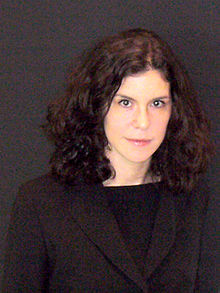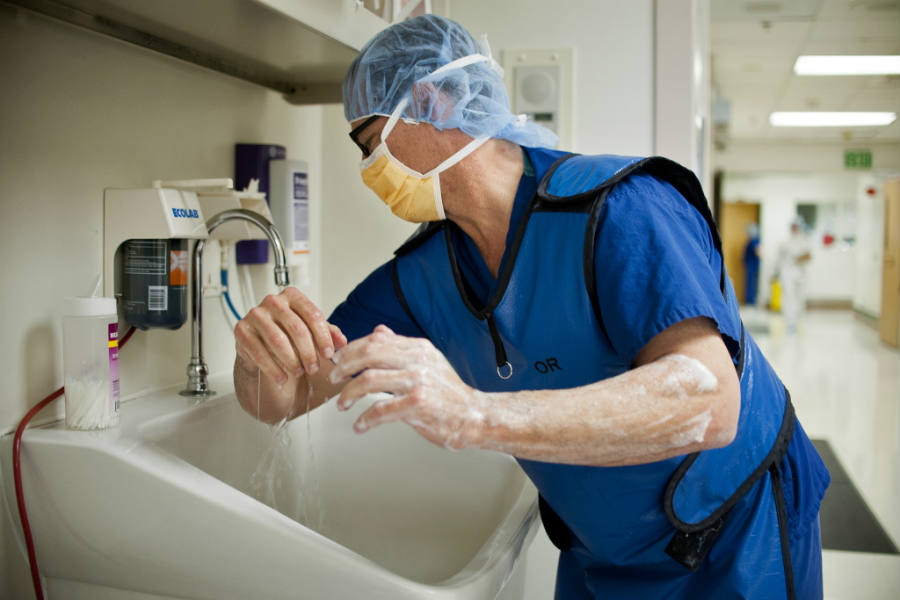From Megan McArdle: "Maybe Pharmaceutical Reps Actually Aren't Bribing Doctors".
Friday, June 24, 2016
Wednesday, June 22, 2016
Hsieh Forbes Column: Why I Don't Trust Government-Backed 'Gun Violence' Research
My latest Forbes piece is now out: "Why I Don't Trust Government-Backed 'Gun Violence' Research".
I discuss the anti-gun bias at the federal government Centers For Disease Control (CDC) and why we should be suspicious of calls for more CDC-backed research into "gun violence".
I discuss the anti-gun bias at the federal government Centers For Disease Control (CDC) and why we should be suspicious of calls for more CDC-backed research into "gun violence".
Wednesday, June 15, 2016
When Everything Is "Critical", Then Nothing Is
Another consequence of poorly designed electronic medical records (EMRs) is "alert fatigue":
Electronic health records increasingly include automated alert systems pegged to patients’ health information. One alert might signal that a drug being prescribed could interact badly with other medications. Another might advise the pharmacist about a patient’s drug allergy. But they could also simply note each time that a patient is prescribed painkillers — useful to detect addiction but irrelevant if, say, someone had a major surgery and is expected to need such meds. Or they may highlight a potential health consequence relevant to an elderly woman, although the patient at hand is a 20-something man.This can have real-life consequences:
The number of these pop-up messages has become unmanageable, doctors and IT experts say, reflecting what many experts call excessive caution, and now they are overwhelming practitioners.
Clinicians ignore safety notifications between 49 percent and 96 percent of the time, said Shobha Phansalkar, an assistant professor of medicine at Harvard Medical School.
“When providers are bombarded with warnings, they will predictably miss important things,” said David Bates, senior vice president at Brigham and Women’s Hospital in Boston.
In one instance at Children’s [Hospital of Philadelphia], doctors ignored relevant information about how a patient might respond to a drug, Shelov said, because it appeared alongside heaps of other superfluous notifications — warnings, for instance, about drugs that posed minimal risk of interfering with each other. Consequently, the patient received medication that induced a potentially lethal reaction.When everything is "critical", then nothing is.
The hospital caught the mistake in time, but the incident spurred a series of changes. A team of pharmacists, doctors and other clinicians have sorted through what triggered alerts in their system, turning off the ones they decided weren’t actually relevant or necessary. That has helped. But it’s still an ongoing battle, Shelov said. “It’s a little bit of trying to turn off the firehose.”
Monday, June 13, 2016
Doctors And Handwashing
"What is doctors' compliance rate for hand hygiene procedures?"
As Tyler Cowen says:
As Tyler Cowen says:
According to a new study, when they know they are being watched it is 57 percent.
When they don’t know they are being watched, it is 22 percent.
What I find shocking is not the difference, which fits readily into the economic way of thinking. It is that direct observation of doctors still does not get the rate above 57 percent.
Subscribe to:
Posts (Atom)




